Linear LED lamps allow you to organize lighting in an apartment or office in accordance with modern requirements. These economical and versatile fixtures can be used for general lighting or local illumination.
- What are linear LED downlights?
- Advantages and disadvantages
- Design
- light emitting element
- Power Supply
- Cooling system
- Frame
- What are linear LED luminaires?
- Installation and connection of linear LED luminaires
- Operating rules
- How to choose an LED lamp?
- Manufacturer
- Voltage
- Power
- Colorful temperature
- Brightness
- Degree of protection IP
- Purpose
- Dimensions
- Price
- Frequent malfunctions
- Popular manufacturers
- Lucide
- Lightstar
- Globo
What are linear LED downlights?
These lamps represent the class of LED-lamps, which today have almost replaced incandescent bulbs from everyday use and have noticeably squeezed out their main competitors – fluorescent lamps. Their feature is a strict design that allows you to fit into any interior. Linear LED luminaires are long single lamps. They have an elongated body in the shape of a parallelepiped. This simple device has already found wide application in everyday life and production. With their help, buildings, premises, workplaces in offices, cabinets, kitchens are illuminated.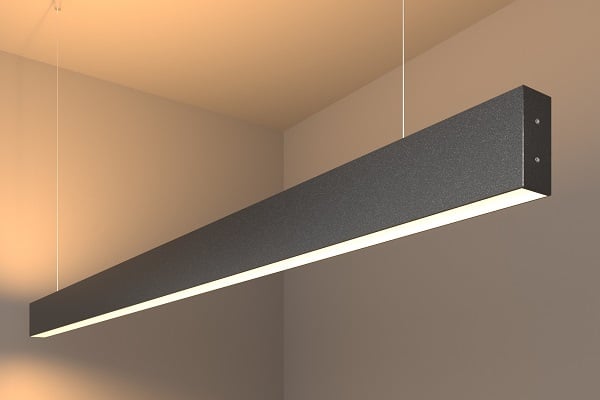
- educational institutions;
- libraries;
- restaurants;
- gyms;
- garages;
- hotels;
- shops and shopping centers;
- pools.
Linear luminaires differ from each other in design and other parameters. Choosing the right models, they organize different lighting options – they illuminate the entire room, a separate zone and a certain element of the interior.
Advantages and disadvantages
Linear LED lamps are an innovation in the lighting system. Their widespread use is limited perhaps by a lack of consumer awareness of the enormous benefits of such lamps.
Pros:
- Versatility. Suitable for the implementation of various tasks and ideas.
- Shadowless lighting. Any point light device, including chandeliers, create light spots. Linear models illuminate the room evenly without leaving shadows.
- Safety. Does not contain toxic substances (mercury). Safe for humans and the environment. They are allowed to be disposed of together with ordinary garbage.
- Modularity. Many lamps are created in the form of modules. They are assembled in a certain way, achieving the desired light accents.
- Quality lighting. It is even and moderately contrasting, as safe as possible for the human eye and nervous system. Doesn’t get hot or flicker.
- Reliability . The housing and all other structural elements are resistant to vibrations.
- Comfortable inclusion. No time wasted for ignition. The lamp lights up instantly, immediately reaching the set brightness.
- Service duration. It is an order of magnitude longer than the life of incandescent lamps. The estimated service life is 12 years or 50,000-100,000 hours (depending on the manufacturer).
- Saving. It features low power consumption, which saves on electricity bills. Linear LED-luminaires reduce its consumption by 80-90% compared to conventional incandescent lamps.
- Correct visualization of objects. It is achieved due to excellent color rendering and high brightness (120 Lm/W).
- Weak heat c. LED lines emit little heat, which allows them to be used in combination with lining and stretch ceilings.
- Choice of lighting temperature. Users can choose from three options – warm, neutral and cool light.
Due to the design features of the body, linear luminaires are resistant to almost all negative factors – temperature extremes, moisture, mechanical stress.
LED lines do not need adapters, they are connected directly to the 220 V network.
Disadvantages of a linear lamp:
- May fail due to voltage fluctuations. The built-in power supply does not save the device during significant surges. It is recommended to use additional protection blocks.
- When the power supply fails, you have to change the entire device, since it is a single mechanism stuffed with electronics.
- Needs heat dissipation. The substrate to which the LEDs are attached is responsible for it. If the fasteners are broken, cavities may form that prevent normal heat dissipation, which leads to device failure.
Design
A linear LED luminaire, like other lighting devices, consists of four main parts – a light emitting element, a power supply and a cooling system, placed in a housing.
light emitting element
The light source is superbright LEDs. In one device, their number reaches tens of pieces. The strength of the light flux and the dimensions of the lamp depend on how many diodes are installed on the module. LED sizes range from fractions of a millimeter to several centimeters. They are attached to rectangular strips – modules. Instead of diodes, micro-matrices can be used, which include many frameless LEDs – tens and even hundreds. The use of matrices can significantly increase the luminous flux without increasing the size of the luminaire. The matrix, which contains about a hundred mini-diodes, having the dimensions of a conventional LED, surpasses it in power by several times.
Power Supply
This node is also called a driver. It is a rather complex electronic device and provides the LED module with the required voltage level. LEDs are sensitive and vulnerable semiconductor elements. A small jump in the network is enough for them to fail. What tasks does the LED driver solve:
- Reduces the mains voltage (220 V) to the value required by the matrix.
- Converts AC voltage to DC. All diode elements, operating on alternating current, conduct only a half-cycle of the signal. This mode of operation is not suitable, it is required to power the diodes with direct current.
- Stabilizes the current at the level required for a particular matrix.
- Suppresses impulse noise and high-voltage surges that occur in the network.
Cooling system
There is an opinion that light sources operating on semiconductor elements do not heat up. But if you put your hand on the body of the lamp, which has worked for several minutes, you will see that there is heating. To remove heat in LED-devices, radiators are installed. Elements for heat dissipation have a ribbed surface and are made of metal. They are often located outside the instrument. Modules with diodes are mounted on radiators. If the case is made of metal, the radiator is often not installed, since the casing itself performs its role.
Keep the outer surfaces of LED lights clean by dusting them at least once a month. Otherwise, the dust layer interferes with the cooling of the LEDs, and they may burn out.
Frame
The mechanical strength of the device and the duration of its operation depend on the quality of this element. The body consists of two parts – casing and diffuser glass. For recessed fixtures, the body is hidden, so there are no special requirements for it. For overhead fixtures, the body must match the interior of the room. Glass – white or transparent, polycarbonate or plain. The casing is made of metal or plastic. The best option is aluminum, it removes heat well, preventing the module from overheating. Plastic cases have different designs. It is recommended to pay attention to the following points:
- there should be no play (free space between parts);
- the presence of even holes in the right amount.
What are linear LED luminaires?
All linear luminaires have an elongated regular shape and glow evenly along the entire length. The angle at which the flow dissipates depends on the design features and is 100-180 degrees. According to the method of fastening, lamps are distinguished:
- Corner. These models are placed in niches, corners of rooms, under bedside tables or shelves. They are also used for interior decoration. They visually round the corners and expand the space.
- Embedded. They are usually built into the ceiling or walls. The light-emitting glass remains visible to the eye. The luminaire practically does not use the free volume of the premises, as it is completely recessed into the surface. It is not possible to embed the device in all materials. For example, it is problematic to place it in concrete floors.
- Overhead. Such lamps are fully visible. They are attached to walls, ceilings or any other surface. The advantage of these models is that they are easy to install.
- Suspended. They are mounted on suspensions, the length of which is different. Thanks to this installation principle, it is possible not only to organize high-quality lighting, taking into account the zoning of the room, but also to add an interesting detail to the interior.
Depending on the place of attachment, models are distinguished:
- ceiling;
- facade;
- wall.
There are models in which the intensity of lighting changes with a switch.
Installation and connection of linear LED luminaires
Luminaires used in stretch or suspended ceilings are placed in pre-prepared boxes that do not protrude beyond the structures. This setting gives the effect of diffused lighting. In kitchens, lamps are often hung on chains or holders. This solution creates the effect of lightness, which harmoniously looks in high-tech and minimalist interiors. To install the lamp you will need:
- two screwdrivers – flat and cross-shaped;
- insulation removal tool;
- pliers.
The linear luminaire is connected like a regular round LED lamp. To install it:
- Lay live wiring. Be sure to check the quality of its insulation.
- Install the appliance according to its type. Make sure the lamp is securely fixed.
LED luminaire connection diagram:
Operating rules
Linear LED luminaires are considered reliable devices, but in order for them to work flawlessly, install them correctly, and then follow the rules of use. Installation and operation:
- Mounting and dismantling is carried out with the mains power off.
- Linear LED devices are connected to a high-quality power supply without sudden drops and power surges. LED modules are recommended to be connected to 220 V through network adapters that have built-in protection.
- Regularly check the electrical connections and the integrity of the wiring. The luminaire must not be turned on if there is damage.
- It is forbidden to operate luminaires that have mechanical damage to the casing or protective glass. Before installation, check the integrity of the case.
How to choose an LED lamp?
When choosing linear LED luminaires, be guided by their technical characteristics. The parameters of LED devices differ significantly from those of incandescent lamps, so they are not clear to an untrained user.
Manufacturer
Today on sale you can find lamps from domestic, Chinese and Western manufacturers. The latter are more expensive, but promise higher quality. When buying such a high-tech thing as LED lamps, it is useful to first familiarize yourself with the manufacturing company.
Voltage
The supply voltage is usually indicated as a range within which the manufacturer guarantees uninterrupted operation of the device. If the device says “from 176 to 264 V”, this means that it copes with almost any drops when connected to a 220 V network, and at the same time does not lose brightness. A wide range of input voltages is due to the presence of a driver. LED lamps can be powered by AC/DC 220V/12V.
Power
The power of LED lamps and fixtures is an order of magnitude lower than that of other types of lighting devices. There is a comparison table on the packaging, according to which the user can determine what power of the incandescent lamp corresponds to the LED lamp. On sale there are linear lamps with a variety of powers: 4, 6, 8, 16, 18, etc. For example, an 8 W LED lamp corresponds to a conventional 60 W incandescent lamp.
Colorful temperature
This indicator is also called the color of the glow and determines the shade of the backlight. Color temperature is measured in degrees Kelvin. It corresponds to the color of steel heated to certain temperatures. The higher the value, the bluer the glow. For offices and public spaces, lamps with a higher color temperature are selected – from 4,500 K. They help to mobilize a person’s attention, his mood for work. For residential premises, models with lower rates are taken – about 3,600 K. They give a soft yellowish tint.
Brightness
The amount of light on which the brightness of the lamp depends is called the luminous flux. This indicator is measured in lumens (lm). The selection is carried out individually, focusing on comparison with incandescent lamps. For example, the luminous flux of a luminaire of 220 lm corresponds to the luminous efficiency of a conventional 25 W incandescent bulb. A light output of 415 lm corresponds to a 40 W incandescent lamp, etc.
Degree of protection IP
When choosing a device, take into account the technical indicators of a particular device and the conditions under which it is supposed to be operated. The degree of protection of the device from moisture and foreign bodies determines the IP index. The higher it is, the more reliable the lamp. For installation outdoors and in rooms with high humidity, models with a moisture protection coefficient of IP 65 or 67 are selected. Luminaires with a lower IP are suitable for domestic and residential premises, offices and institutions.
Purpose
The purpose of linear fixtures is determined by the level of moisture and dust protection. All offered models are divided into two large groups – for the street and indoors. The former are characterized by increased IP. All offered models are designed specifically for:
- administrative premises (offices, business centers, educational institutions);
- street lighting;
- shops and hypermarkets;
- residential premises.
Dimensions
There are no standards regarding dimensions for LED devices, so select the fixtures in advance and prepare a place for them. This is especially important when installing built-in models.
Price
Many factors affect the price of a lamp – power, number of diodes, manufacturer (brand), degree of moisture protection, etc. Street models are more expensive, they cost an average of 1,100-1,800 rubles. Household and office lamps are cheaper, you can find models at a price of 200-300 rubles. a piece.
Frequent malfunctions
LED lamps are considered reliable devices designed for many years of operation, but if the operating conditions are violated, they fail. Possible malfunctions:
- Driver failure. Not subject to repair. It is necessary to change the entire device.
- Broken current limiting resistor. Causes flickering of the lamp, which irritates the eyes.
- Capacitor failure. The lamp does not light.
If a capacitor or resistor burned out in the power supply, try to repair the device. But first, check the warranty period of operation – it is possible that the device can be handed over for service. Reasons for breakdowns:
- Manufacturing defects. Usually found in fixtures from unlicensed manufacturers. Branded products also break, but much less frequently.
- Shock and vibration. They do not threaten the semiconductors themselves, but they do damage the driver. The integrity of the structure and the tightness of the LEDs to the board may be violated.
- Driver overheating. Occurs in the absence of high-quality ventilation or due to a layer of dust that interferes with the removal of heat.
Popular manufacturers
In order not to make a mistake with the choice of lamps and not to waste money, it is better to buy them from time-tested brands. There are several companies on the Russian market that have already earned a reputation as a reliable manufacturer.
Lucide
This Belgian brand has been considered the European market leader for more than 20 years. Lucide is particularly successful in the field of lighting design and focuses on interior lighting. The company produces lamps that are suitable for modern and high-tech interiors.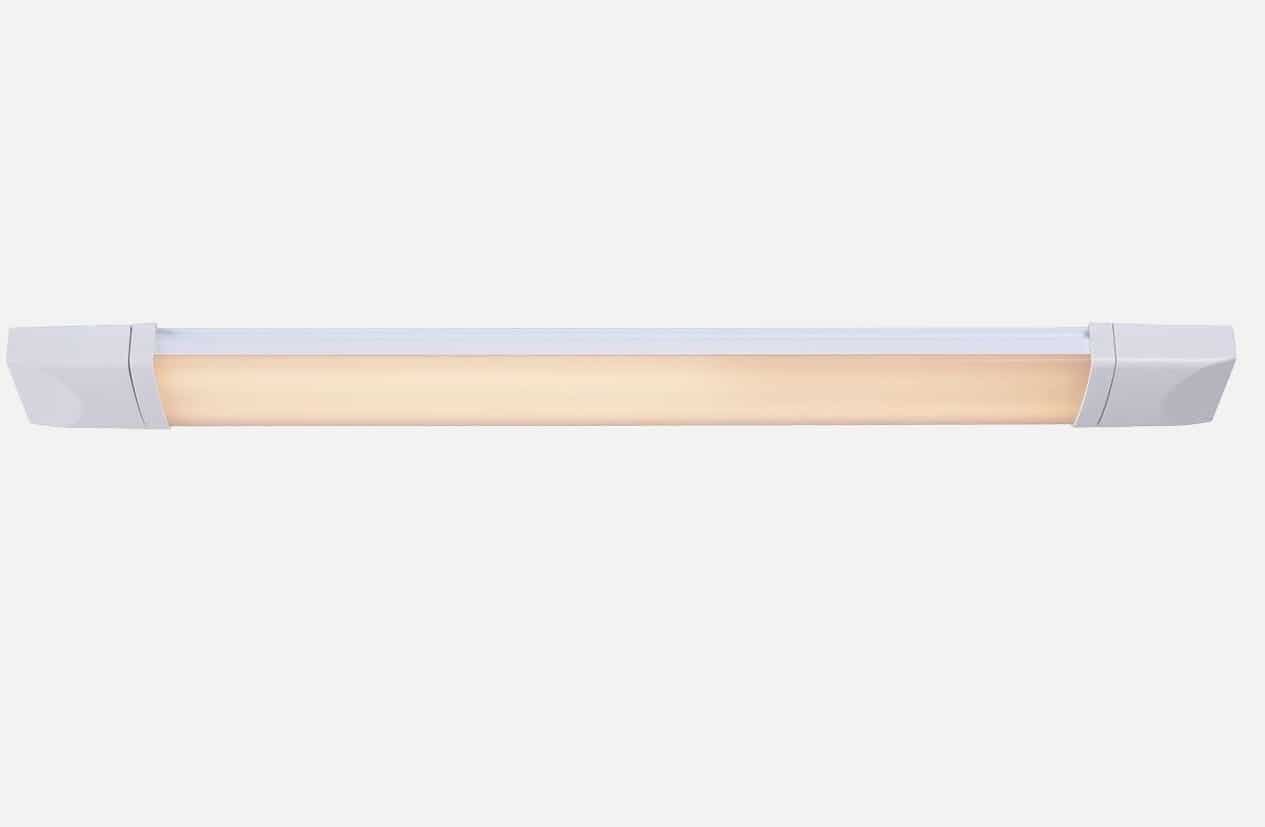
Lightstar
This is an Italian company that has been producing lamps since 1998. It has been on the Russian market since 2001. It produces high-quality lighting equipment for interior lighting. Products are made using environmentally friendly materials.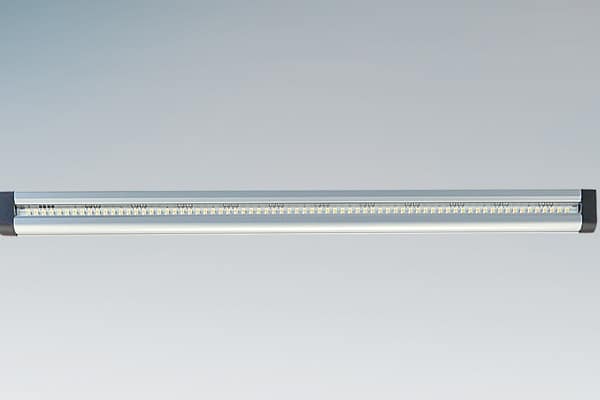
Globo
The Austrian company Globo was founded in 1998. Its lamps are reliable and practical, like German counterparts, and at the same time beautiful and elegant, like Italian lamps.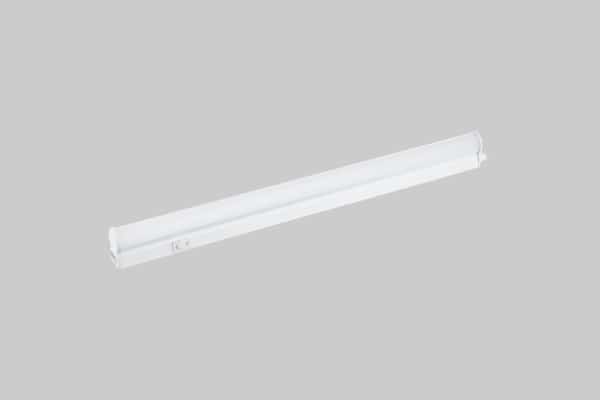




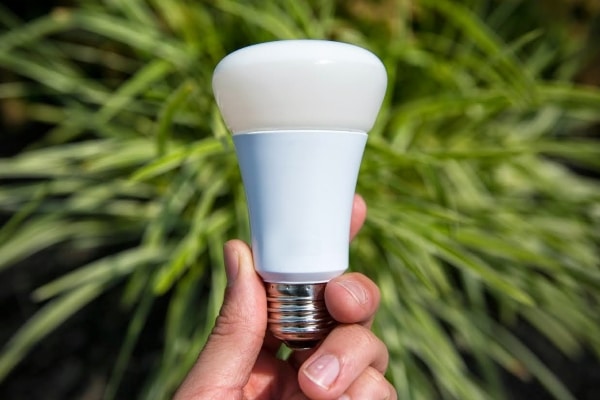

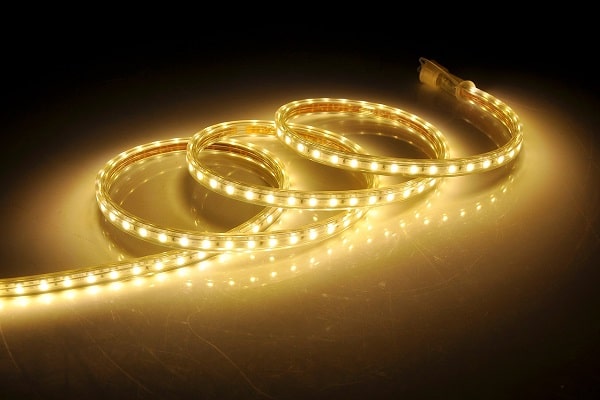
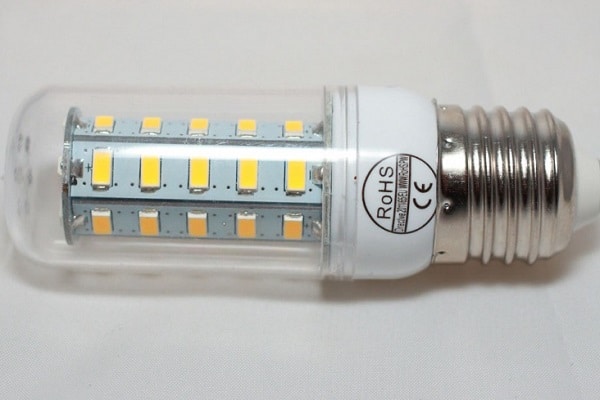
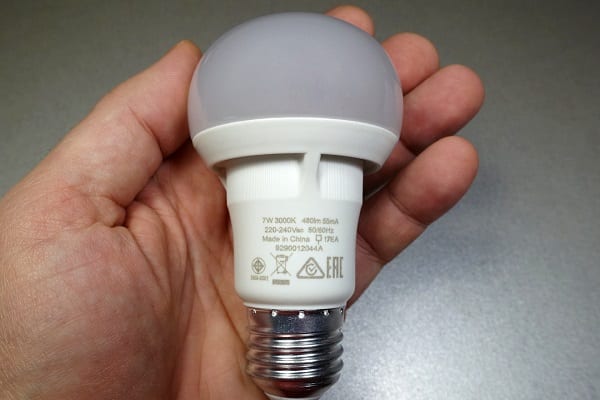
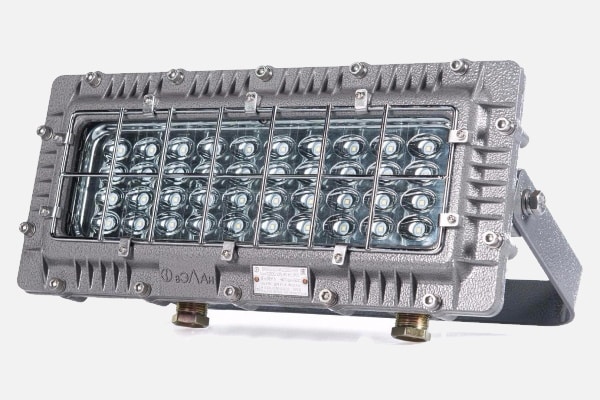
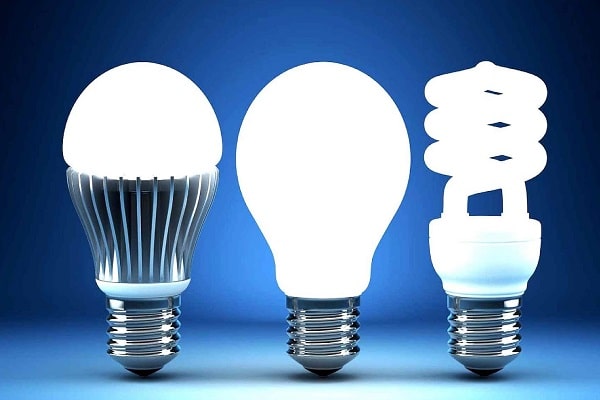
У нас такие светильники установлены на кухне, когда выбирали, акцент в первую очередь делался на локоничный дизайн, только потом я поняла все достоинства таких ламп. Во-первых они безопасны для кухни, материал устойчив к перепадам температур, во-вторых они экономичны, расход электроэнергии сведен к миниумму, ну и самое главное – у них простое крепление, на монтаж ушло немного времени, супруг справился с установкой самостоятельно. Линейный светильник очень выгодно вписался в дизайн, и как по мне, такие свыетильники подойдут под любой дизайн.
спасибо автору за хорошую статью, все понятно и четко написано. особенно порадовали описания популярных производителей, достоинства и недостатки ламп, а так же размеры и стоимость, что дает ясное представление о лампах и помогает с их выбором
Давно мечтала о таком , наконец установили не жалею ни разу one love 💡 💡 😳 😳
У нас в гараже такие светильники.
Всё ярко и четко.
Видим каждый болтик))
А я такие встраиваемые светильники подобрал для освещения зеркала в ванной комнате, как бы рамкой установил вокруг зеркала. Получилось очень красиво и ничем не хуже покупного зеркала с подсветкой, а оно очень дорого стоит. Вот я решил сэкономить таким образом. Жена и дочь довольны. Надеюсь, что прослужит долго, а то менять не очень будет удобно, Планирую установку LED-светильников и в коридоре, собираемся делать натяжной потолок. По-моему смотреться будет хорошо и оригинально, точечные светильники смотрятся хуже. Большое преимущество этих светильников в малом потреблении электроэнергии и, что они с временем не тускнеют.